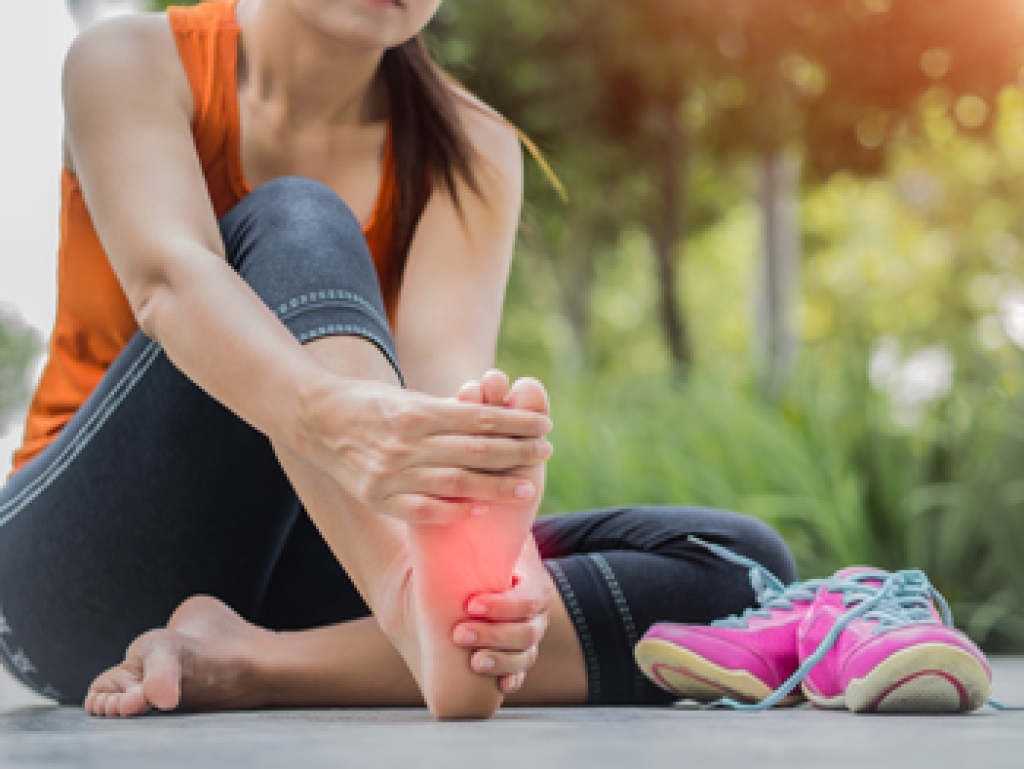
Ankle sprains are a common injury among volleyball players due to sudden jumps, quick lateral movements, and unexpected landings. These movements can stretch or tear the ligaments that support the ankle, causing pain and instability. Symptoms of an ankle sprain include swelling, bruising, tenderness, difficulty bearing weight, and a feeling of the ankle giving way during activity. If left untreated, repeated sprains can lead to chronic instability and long-term joint problems. A podiatrist can evaluate the severity of the sprain, recommend appropriate treatment such as rest or bracing, and provide guidance on proper footwear or supportive devices to prevent future injuries. If you have ankle pain or instability after volleyball activity, it is suggested that you schedule a visit with a podiatrist to restore stability, reduce pain, and protect your ankle for a safe return to the sport.
Although ankle sprains are common, they aren’t always minor injuries. If you need your ankle injury looked at, contact Braden Jenkins, DPM from The Ridge Foot & Ankle Center. Our doctor can provide the care you need to keep you pain-free and on your feet.
How Does an Ankle Sprain Occur?
Ankle sprains are the result of a tear in the ligaments within the ankle. These injuries may happen when you make a rapid shifting movement while your foot is planted. A less common way to sprain your ankle is when your ankle rolls inward while your foot turns outward.
What Are the Symptoms?
- Pain at the sight of the tear
- Bruising/Swelling
- Ankle area is tender to touch
- In severe cases, may hear/feel something tear
- Skin discoloration
Preventing a Sprain
- Wearing appropriate shoes for the occasion
- Stretching before exercises and sports
- Knowing your limits
Treatment of a Sprain
In many cases, the RICE method (Rest, Ice, Compression, and Elevate) is used to treat ankle sprains. However, you should see a podiatrist to see which treatment option would work best with your injury. In severe cases, surgery may be required.
It is important to ask your doctor about rehab options after you receive treatment for your injury. Stretching, strength training, and balance exercises may help the ankle heal while also preventing further injury.
If you have any questions, please feel free to contact our office located in Idaho Falls, ID . We offer the newest diagnostic and treatment technologies for all your foot care needs.




